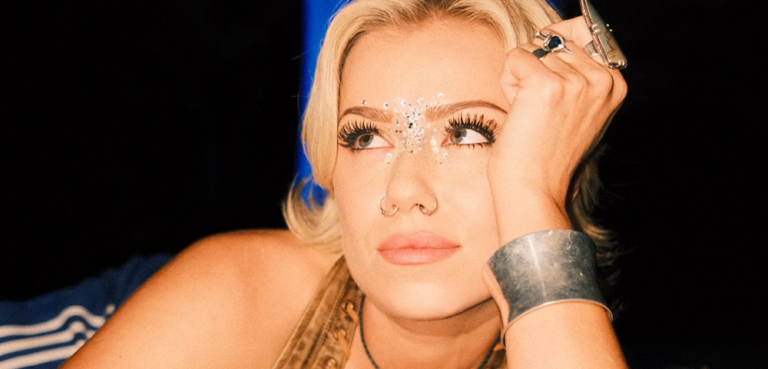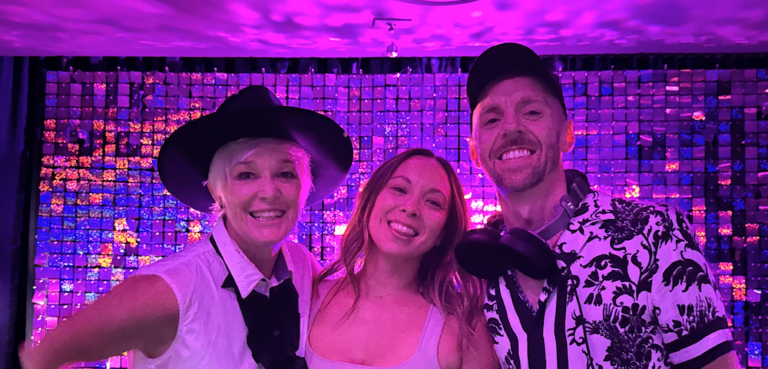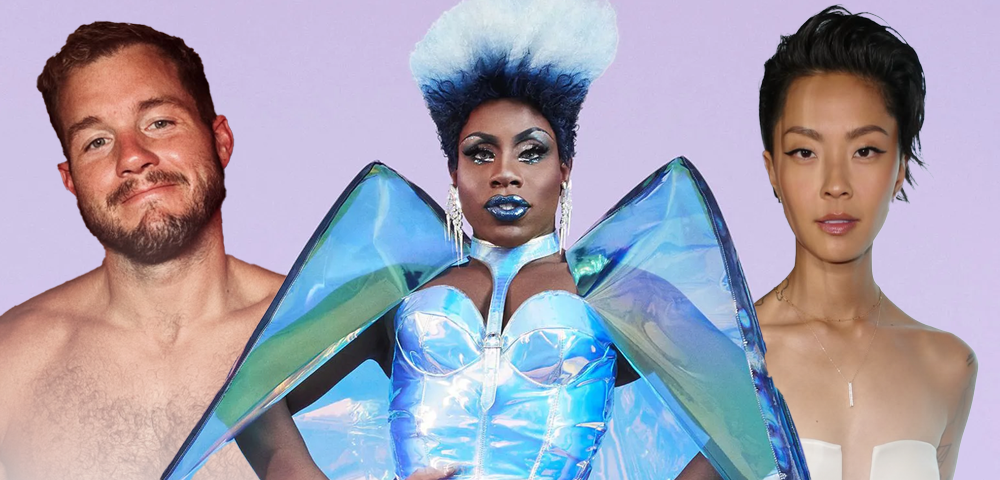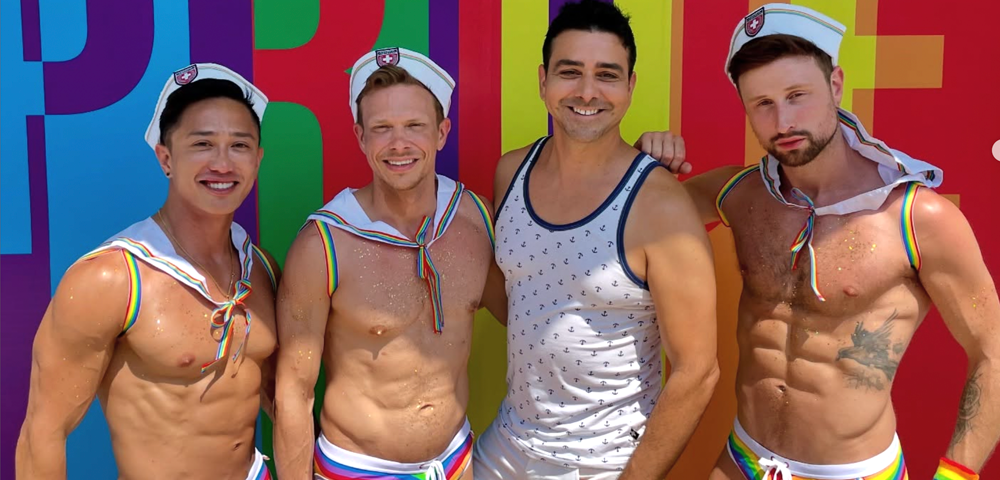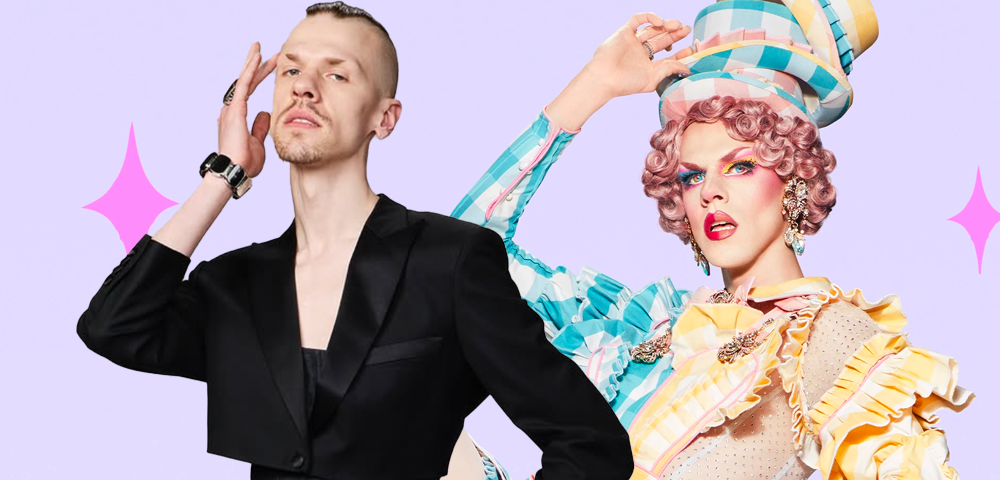
Celebrating LGBT History Month: The Past is Political, But It’s Also Deeply Personal

October is LGBT History Month, making now a perfect time to reflect on how far we’ve come, and how far we have to go.
Founded in 1994 by Missouri educator Rodney Wilson, it was first celebrated in Australia in 2016.
Queer History in 2024
2024 is a year of looking inward, outward, and backwards, as we reckon with how far we’ve come, and how far we have yet to go. We’ve sadly had to say farewell to several towering figures in our community, and acknowledged the anniversary of the traumatic events of the Tasty raid in 1994. Most of our beloved readers will also know that this year marked the 45th anniversary of the Star Observer. In celebrating this magnificent milestone (a few times!), we’ve taken several digital trips into our archives to pay homage to our founders and the community that we’ve proudly published. One thing that struck me so powerfully about those early issues of the paper, then called The Sydney Star, is how they wrote so openly (and joyfully!) about the challenges of pride at a time when sex between men was illegal. Tragically, we can’t read those early issues without knowing what was to come; only 2 years later the Star would be the first to report on a new kind of pneumonia that had been “linked to gay lifestyle.”
LGBT History Month Icons
This October, we at the Star Observer want to take this opportunity to remember and celebrate those who came before us. The American LGBT History Month organisation has profiled 31 iconic members of the community every year since 2006. The 589 profiles to date include only three Australian living legends: Penny Wong, Michael Kirby and Matthew Mitcham. However, we’re lucky that there are plenty of Australian history organisations and scholars working to ensure our past and present LGBTQIAPN+ icons are researched and honoured.
The Australian Queer Archives
The work of delving into history that is often hidden for the sake of safety is a challenging one, but the team at the Australian Queer Archives (AQuA) are more than up to the task. In 2021 they released the stunning report A History of LGBTIQ+ Victoria in 100 Places and Objects, which profiled the indelible traces left by our loves, our lives and our communities. AQuA don’t just archive and research our queer histories, they also provide opportunities for scholars from all over the world to gather, connect and share their work. This year marked the 25th anniversary of the AQuA Queer Histories Conference, which provides an opportunity for scholars to share their latest findings in this ever-deepening understanding of our past.
Queer History In The Media
In 2022 the ABC released a three-part documentary series Queerstralia with Zoë Coombs-Marr and Nayuka Gorrie, covering issues around the law, gender, identity, community and belonging, and interviewing many members of the community about their experiences.
Rudy Jean Rigg, Hannah McElhinney and a rotating roster of teachers at Rainbow History Class share queer culture and history to over 500,000 TikTok followers.
Melbourne-based podcast Queer as Fact have 162 episodes (and counting!) spotlighting an incredible range of local and international historical figures. The Star Observer spoke to two of the four hosts about why queer history is important, with Jasmine sharing that queer history provides an opportunity for “seeing my experiences reflected throughout time and space, as well as feeling like I am making my own little contribution by bringing some of those reflections to the broader public”. Host Alice reiterates that queer history “means so much to queer people to know that they’re not alone”, and shares that “We regularly hear from listeners all over the world that learning queer history through our podcast has helped them find a sense of community and to explore and understand their own identity – or from non-queer listeners, to connect with their queer family.” Queer as Fact are part of a rising group of Australian productions sharing the little-known stories of some of our local LGBTQIAPN+ historical icons, including bisexual poet Lesbia Harford whose poems Alice tells us are “still very relatable today, especially if you’re a queer Melburnian.”
LGBT History Month: Queer History Lives On
Why is queer history so important? Now more than ever, as we brace for the bigoted rhetoric brought to the fore by another divisive American election, it is imperative that we look back at our own history. Not just so that we can be reminded of the resilience of our forbears, but so that we can look at the faces of those who came before us and be reminded that though we now see their lives through the lens of history – the hardships and deprivations they endured, the hatefulness they stood against, the tragedies they witnessed – we must also remember their day-to-day love, their community, and their joy. We can read love letters from thousands of years ago that remind us that we have always existed.
A Lost Story, Recovered At Last
The work of queer historians is never over, and sadly, the stories of many of our queer pioneers are lost, like Dora Richter, who worked for Dr. Magnus Hirschfield at the Institut für Sexualwissenschaft in Berlin, where she underwent the first known vaginoplasty in 1931. Just two years later, the Institut was the target of the Nazis, and Dora was presumed one of their many victims, until, in 2023 transgender historian Clara Hartmann of the Lili Elbe Library uncovered incredible new information. Searching back to Dora’s baptismal records, passport applications and other formal documentation, Clara was able to track Dora’s life, and most importantly, her survival. The news rang around the world, Dora had survived and lived a quiet life to the ripe age of 74. Dora lived! Like so many of us today she struggled with finding work in the early days of her transition, but after the war we now know she had her Czechoslovakian baptismal certificate changed and moved to Allersberg with her brother, where she is still remembered by residents as a cheerful person, who carried a pigeon in her handbag which she doted on. As Queer as Fact host Jasmine says, “We find each other’s stories, and even when they are separated by centuries or continents they are often shockingly, heartbreakingly, hilariously relatable.”
This October the Star Observer honours those who fought by living and loving, leaving their mark in our history forever.
